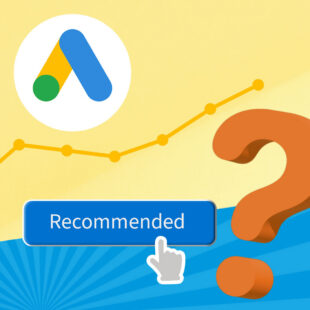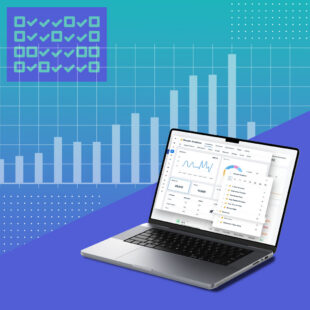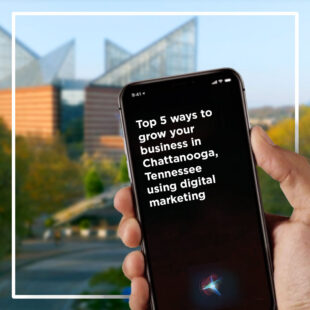Spectruss Blog
Your source for strategic insights
12.14.23
Content Marketing Art – A-Z Guide on how to become an expert
As businesses and creators seek to captivate audiences and stand out in the online sphere, mastering the ABCs of content marketing is crucial. From understanding…
read more11.16.23
Google Recommendation in AdWords – What You Need To Know
We all know that dipping into the potential of Google Ads is a game-changer for businesses seeking online prominence. However, at Spectruss, we steer away…
read more10.30.23
How Website Speed Impacts User Experience and Conversions
As we approach 2024, one aspect that stands out in this digital era is the remarkable transformation in speed. Consider how swiftly you can now…
read more10.18.23
How We Increased Conversions by 84%
In the fast-paced world of online marketing, the secret to success often lies in keeping up with the ever-evolving digital landscape. At Spectruss, we embarked…
read more9.21.23
What is the difference between SEO and SEM?
In the ever-shifting realm of digital marketing, there are two buzzwords that often get tangled up – SEM (Search Engine Marketing) and SEO (Search Engine…
read more8.31.23
Marketing Automation and CRM Integration – What the Buzz Is About
In the world of digital marketing, buzzwords come and go like seasonal fashion trends. But one buzzword that’s here to stay and deserves every bit…
read more8.17.23
SEO Secrets to Grow Your Online Business
Hey there fellow business enthusiasts! If you’re navigating the online world with your business, you’ve probably felt like you’re walking through a vast maze at…
read more8.4.23
Exploring the Benefits of Multi-Channel Marketing for Business Growth
In today’s fast-paced digital landscape, businesses face the challenge of connecting with their target audience across various channels. Multi-channel marketing has emerged as a powerful…
read more7.21.23
The Role of Data Analytics in Driving Marketing Success: Leveraging Insights for Growth
The Role of Data Analytics in Driving Marketing Success: Leveraging Insights for Growth In today’s hyper-competitive business landscape, data is the new currency that fuels…
read more7.11.23
The Future of Marketing: Trends and Innovations to Watch
Title: The Future of Marketing: Trends and Innovations to Watch The world of marketing is constantly evolving, driven by advancements in technology and changing consumer…
read more6.7.23
Domain Authority: The Backbone of Successful SEO Strategies
In the ever-evolving world of search engine optimization (SEO), one metric has gained significant importance in recent years: domain authority. Domain authority serves as a…
read more4.27.23
Maximizing Opportunities: The Power of Speed in Following Up with New Leads
In the fast-paced realm of digital marketing, where competition is fierce and attention spans are short, maximizing opportunities and converting leads into loyal customers is…
read more4.7.23
How Local Search Heat Maps Make Your Business More Money
As businesses compete for visibility and revenue online, a solid local SEO strategy has become more essential than ever. In this context, local search heat…
read more3.29.23
How To Increase Your Leads Now Using Pay-Per-Click Advertising
How To Increase Your Leads Now Using Pay-Per-Click Advertising Pay-per-click (PPC) advertising is a highly effective way to increase leads for your business. By targeting…
read more3.14.23
How To Get More Leads Through Your Website Using SEO
How to get more leads through your website using SEO In today’s digital world, having a website is crucial for any business looking to grow…
read more3.2.23
Top 5 Ways To Grow Your Business in Chattanooga, Tennessee Using Digital Marketing
Top 5 Ways To Grow Your Business in Chattanooga, Tennessee Using Digital Marketing Introduction: Chattanooga, Tennessee, is a city with a growing business landscape. Over…
read more12.19.22
Why Spectruss is Chattanooga’s Choice Agency
Why Spectruss is Chattanooga’s Choice Agency There are a few things that make Chattanooga the city that it is. Some say it’s the walkability,…
read more11.30.22
4 Strategies for Holiday Marketing Success
Did you know that Holiday sales alone can make up to 40% of the annual customer transactions for both small and mid-sized businesses? You should…
read more
















